The cyanobacterial origin of β-N-methylamino-L-alanine (BMAA), an environmental neurotoxin, remains controversial. With a carefully designed genetic system as a control, we found no evidence for the production of BMAA by cyanobacteria from lab cultures or bloom samples.
Tag: Cyanobacteria
Current estimates of Lake Erie algae toxicity may miss the mark
A new study analyzing toxins produced by Microcystis, the main type of cyanobacteria that compose the annual harmful algal bloom (HAB) in Lake Erie, suggests that the toxicity of the bloom may be overestimated in earlier warm months and underestimated later in the summer.
New biodegradable plastics are compostable in your backyard
A team led by researchers at the University of Washington has developed new bioplastics that degrade on the same timescale as a banana peel in a backyard compost bin.
Relatives discovered: Membrane proteins of cyanobacteria and higher organisms are structurally highly similar
The cells of living organisms are equipped with proteins that are involved in the shaping and remodeling of cellular membranes, thereby performing important tasks.
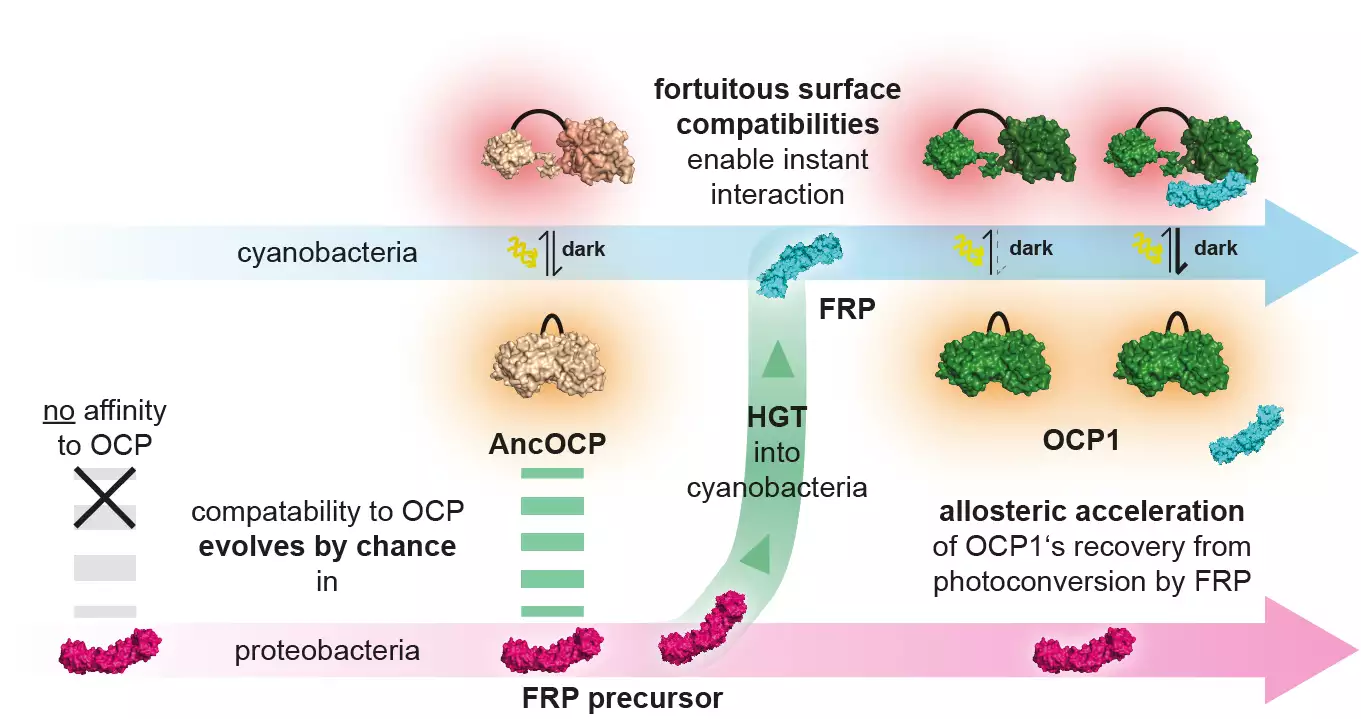
Blind dating in bacteria evolution
Proteins are the key players for virtually all molecular processes within the cell. To fulfil their diverse functions, they have to interact with other proteins. Such protein-protein interactions are mediated by highly complementary surfaces, which typically involve many amino acids that are positioned precisely to produce a tight, specific fit between two proteins. However, comparatively little is known about how such interactions are created during evolution.
12 exotic bacteria found to passively collect rare earth elements from wastewater
Scientists have shown that the biomass of 12 previously unstudied strains of cyanobacteria from around the globe is efficient at the biosorption of the rare earth elements lanthanum, cerium, neodymium, and terbium from aqueous solutions. This allows these rare elements, for which demand is steadily growing, to be collected from wastewater from mining, metallurgy, and the recycling of e-waste and reused.
Attack on 2 fronts leads ocean bacteria to require carbon boost
The types of ocean bacteria known to absorb carbon dioxide from the air require more energy – in the form of carbon – and other resources when they’re simultaneously infected by viruses and face attack from nearby predators, new research has found.
Microbes enhance resilience of carbon-rich peatlands to warming
Scientists at the Department of Energy’s Oak Ridge National Laboratory discovered that certain bacteria increase the climate resilience of Sphagnum moss, the tiny plant responsible for storing a third of the world’s soil carbon in peat bogs.
The first real snapshot of algal bloom toxins in Lake Erie
Remote-sensing technology produces detailed images of the size and density of the harmful algal bloom (HAB) in Lake Erie’s western basin each year, but determining the bloom’s toxicity relies on research that – literally – tests the waters.
Successful DNA replication in cyanobacteria depends on the circadian clock
A new study from the University of Chicago has found that the photosynthetic bacterium Synechococcus elongatus uses a circadian clock to precisely time DNA replication, and that interrupting this circadian rhythm prevents replication from completing and leaves chromosomes unfinished overnight.

International investigation discovers bald eagles’ killer
Eagle and waterfowl deaths occur in late fall and winter within reservoirs with excess invasive aquatic weeds, and birds can die within five days after arrival.
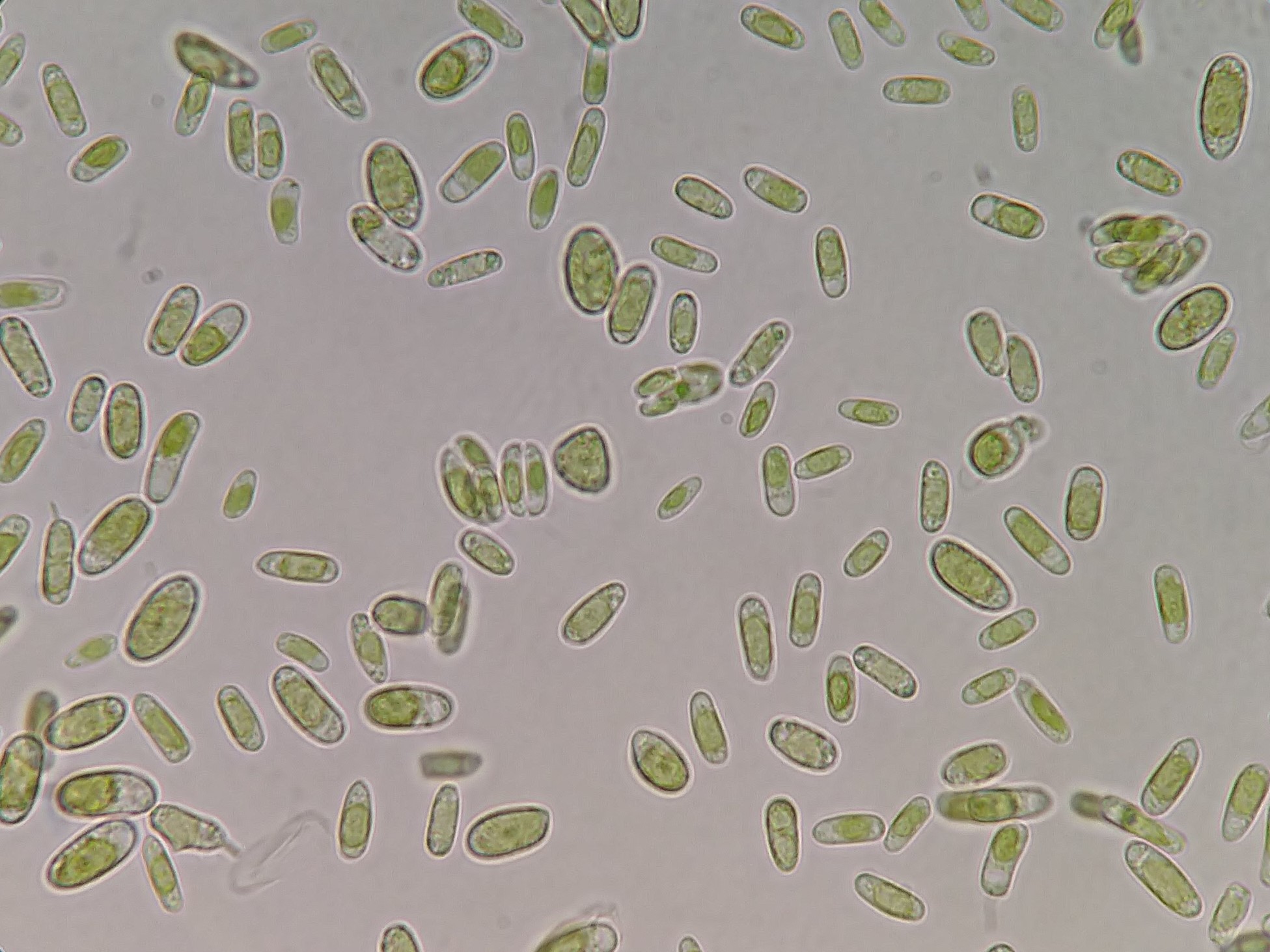
Bacteria and Algae Get Rides in Clouds
Human health and ecosystems could be affected by microbes including cyanobacteria and algae that hitch rides in clouds and enter soil, lakes, oceans and other environments when it rains, according to a Rutgers co-authored study.

Building a better green workhorse
Biologists at Washington University in St. Louis lead a team awarded $1.7 million from the National Science Foundation to streamline the genome of a cyanobacterium with the goal of developing a green cellular factory for sustainable production of food, feed and fuels.

Greenland Melting Likely Increased by Bacteria in Sediment
Bacteria are likely triggering greater melting on the Greenland ice sheet, possibly increasing the island’s contribution to sea-level rise, according to Rutgers scientists. That’s because the microbes cause sunlight-absorbing sediment to clump together and accumulate in the meltwater streams, according to a Rutgers-led study – the first of its kind – in the journal Geophysical Research Letters. The findings can be incorporated in climate models, leading to more accurate predictions of melting, scientists say.
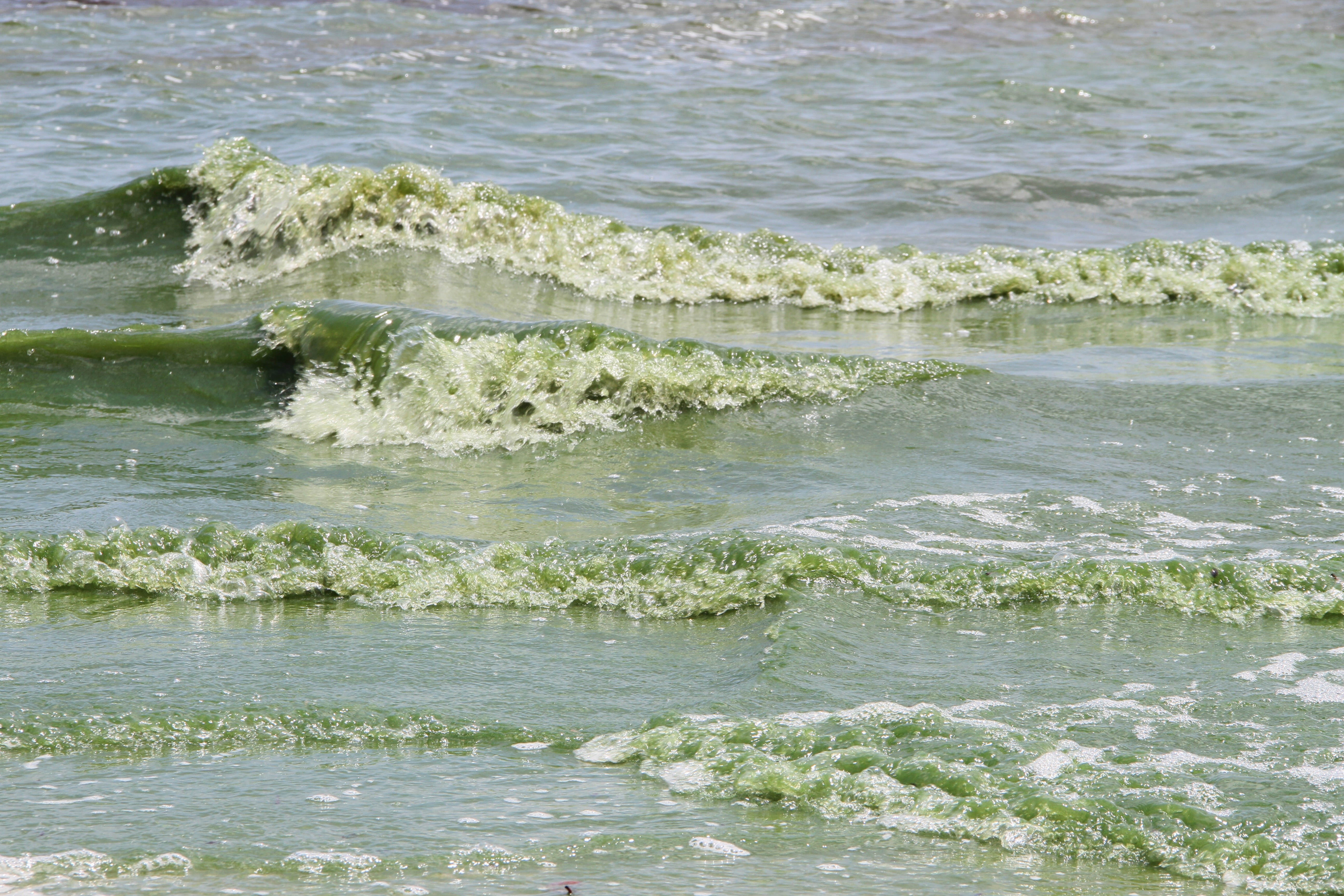
FAU Receives Florida Department of Health Grant to Study Health Effects of Harmful Algal Blooms
Despite many occurrences of red tide and blue green algae in Florida waters, the understanding of the health effects of exposure to these blooms is limited. Researchers will evaluate short- and long-term health effects of exposure to harmful algal blooms (HABS) in Florida to capture key areas of human exposure and a wide demographic population profile. They also will evaluate the potential effect of exposure to COVID-19 on susceptibility to HABs and health outcomes in this study population.
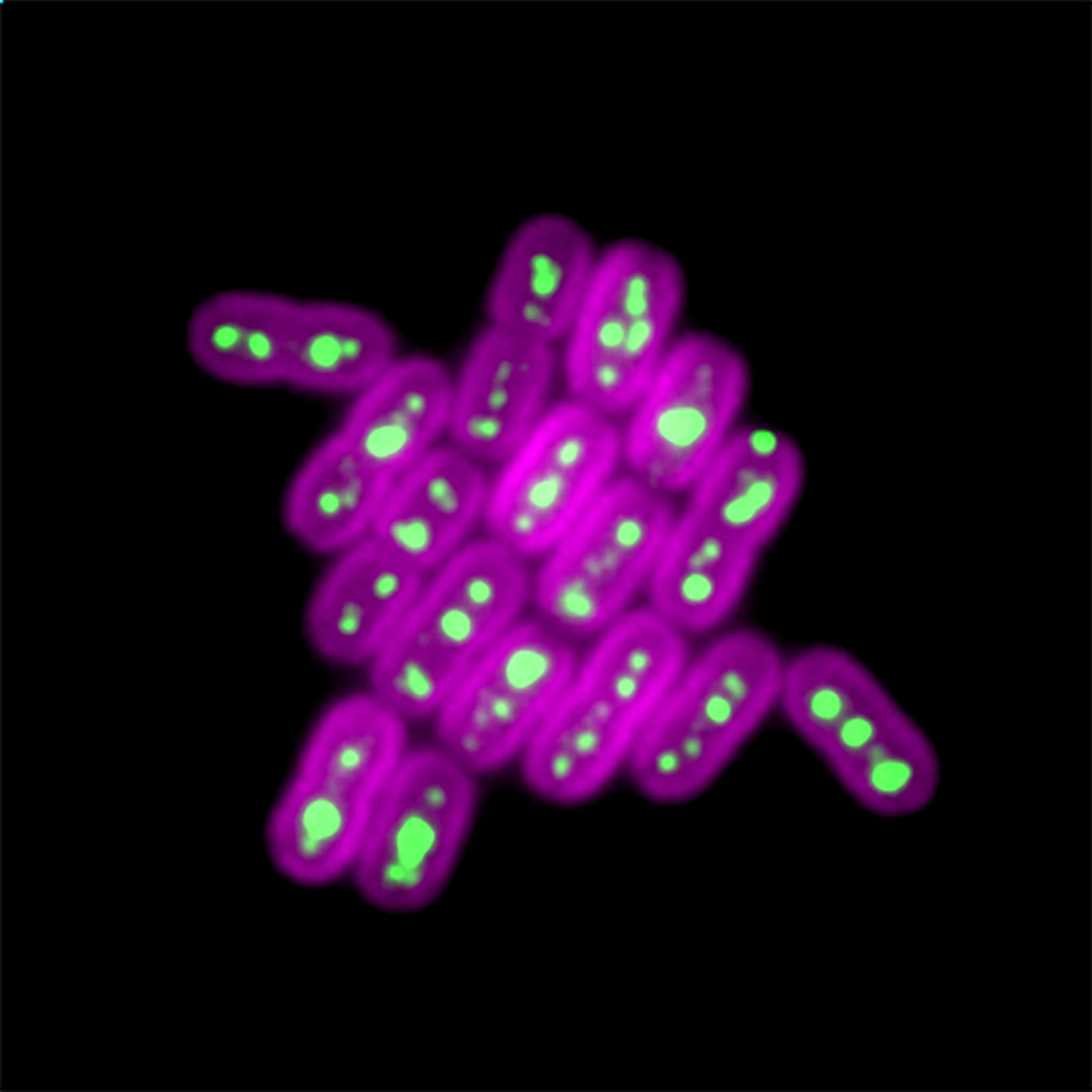
Scientists shed light on essential carbon-fixing machinery in bacteria
Scientists have been studying cyanobacteria and its many potential applications for decades, from cutting CO2 emissions to creating a substitute for oil-based plastics, but there wasn’t a deep understanding of the full life cycle and metabolism of specialized compartments within these common bacteria – until now.
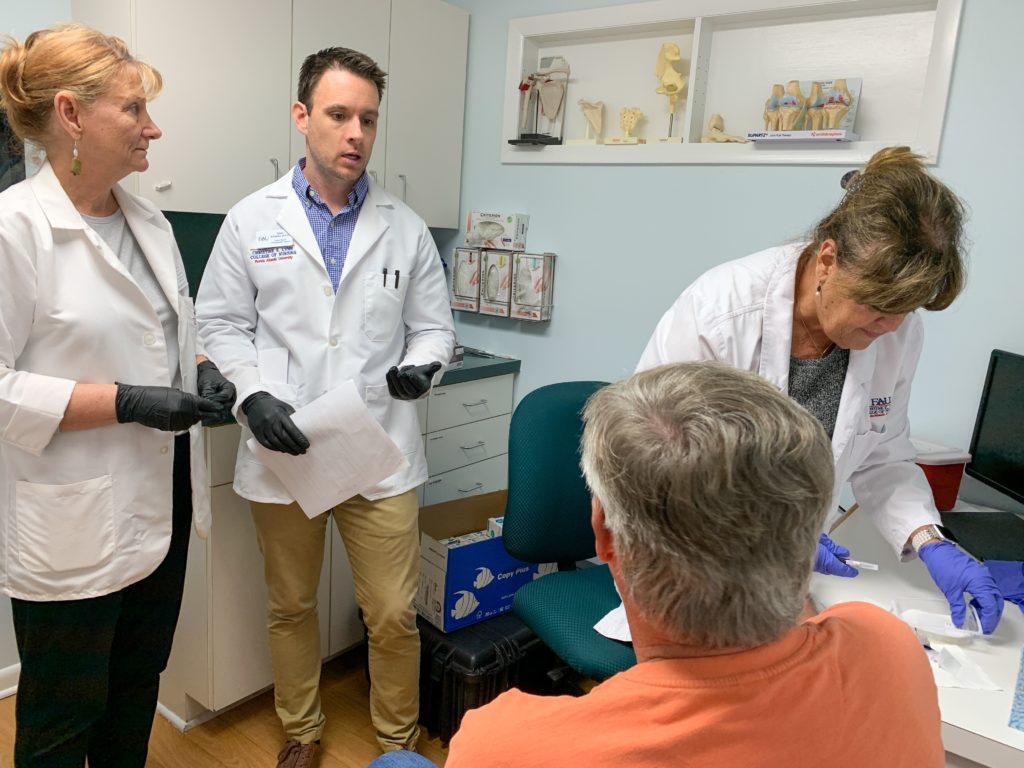
New Method Detects Toxin Exposure from Harmful Algal Blooms in Human Urine
A newly developed method can detect even low-dose human exposure to microcystins and nodularin in human urine. During harmful algal blooms (HABs), species of cyanobacteria release toxic peptides, including microcystins and nodularin into waterways, impacting wildlife and humans living in these marine environments. These findings are the first to report microcystin concentrations directly from exposed residents impacted by cyanobacteria in Florida, and is a critical step in developing and interpreting clinical diagnostic tests for HABs exposure worldwide.

Six Berkeley Lab Scientists Named AAAS Fellows
Six scientists from the Department of Energy’s Lawrence Berkeley National Laboratory (Berkeley Lab) have been named Fellows of the American Association for the Advancement of Science (AAAS).